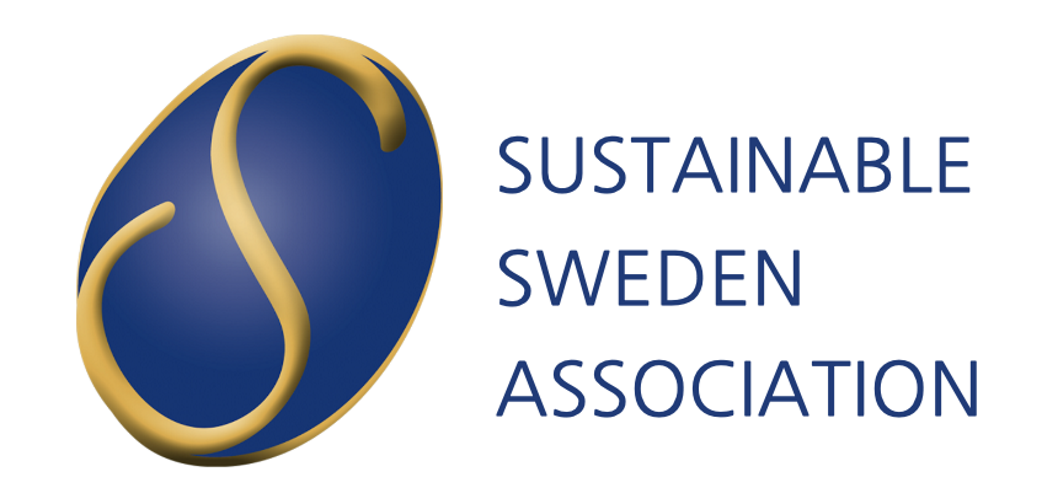Becoming an Ecomunicipality is a beautiful but not so easy journey. What are the main steps to follow ? Which method would be applied ? How to make the project work in the long term ? In our article series “Ecomunicipality case study”, we propose you to discover the experience of municipalities that have chosen to start this journey. This first episode is about Hudiksvall, a swedish ecomunicipality. We follow the feedback of Åsa Terent, Environmental strategist for this city.
Portrait of Åsa Terent
Åsa Terent is the Environmental strategist of Hudiksvall, an ecomunicipality located in Sweden, since 2008. She is in charge of the coordination of the different ecological sides of sustainability in the municipality area : mobility, recycling, biodiversity, access to nature, invasive plants, water management, students education to sustainable development, and so on. She is also currently working on how to implement the FSSD method (a method that helps to become an ecomunicipality) in Hudiksvall.
“My job is really a network job, we have a lot of contact with other municipalities, to help each other and to share good practices knowledge”, explains Åsa Terent.
Becoming an ecomunicipality : network, indicators and global strategic view
Hudiksvall started the process to become an ecomunicipality in 2002. Its first step was to join the Swedish national network of ecomunicipalities (Sekom). “The city wanted to be in a network where sustainable issues were discussed, where municipalities helped each other”, explains Åsa Terent. “Joining a network is an efficient way to share knowledge, experiences, and to learn from what others are doing in their own municipalities.”
Then, Hudiksvall set up the 12 indicators fixed by Sekom, to evaluate its progress. Indeed, Sekom encourages the members to use them to build their own environmental policy. “Even if it is not mandatory to follow those indicators, they are really helpful to implement a sustainable policy”, underlines Åsa Terent.

If it is important to work point by point with the indicators, it is also essential to have a global strategic vision. “You need to be sure that one good decision on one subject does not have a negative impact on the other points”, confirms Åsa Terent. This is why, in 2015, Hudiksvall started to work with the FSSD method developed by the Blekinge Institute of Technology (BTH). “That’s when we really started to implement ecoprinciples in the municipality” remembers Åsa Terent. “FSSD helps municipalities to get a strategic vision, a global framework, based on ABCD approach : raising awareness on a subject, then doing a backcasting process, then brainstorming and proposing creative solutions, then deciding what would be the priorities.” This method helps to set up a main goal and to check several times if the municipality is in the right direction and if the goal is still sustainable.
Focus : Hudiksvall work with schools certification
Hudiksvall is quite advanced on the integration of schools in the ecomunicipality process. But it was not so obvious at the beginning : “When we started, one of the indicators about the school was not that good”, remembers Åsa Terent. “So I met the person responsible for schools in the municipality to show them the Sekom indicator about schools. We also showed it to the politicians. They wanted to improve our results. Then, we had the teachers and representatives of the certification meet.” Eventually, the schools started to implement the principles. “Schools help each other to improve themselves, to share good ideas and knowledge. It is a key point in ecomunicipality dynamic”.
The certification chosen by Hudiksvall guarantees that every student is taught about sustainability. At the beginning, the city worked with Grön flagg certification. They changed recently to Skola för hållbar utveckling (Schools for sustainable development), a certification made by Skolverket.
Challenges of an ecomunicipality : Hudiksvall experience and advice
An ecomunicipality can face different challenges during its journey. According to Åsa Terent, one of the main difficulties is “to get enough people ready to make the project work. You need to take all the municipality with you to make big changes. You can’t do it alone. The network can help a lot with this issue.” In Hudiksvall, hopefully, the mayor was really committed to the project and the politicians also wanted to take further steps.
It can also be difficult to introduce sustainable principles in such a complex organization as a municipality. “There are a lot of workers and different levels of situation in a municipality” explains Åsa Terent. “It is essential to find out a method and language that can be usable by all kinds of workers.” According to her, “The FSSD method makes the project appear quite easy, it helps people to picture what they can do. Also, it is important that many people know about the method, so that if one person leaves the project, the others can still work on it”. Thus, Hudiksvall had managed many workshops to find key people for the project and to explain the process
“It is quite a long journey to get an organization to change !” Concludes Åsa Terent. “It can take many years to do it. One thing I’ve learned is that with the good people and motivation, we can really change a lot in a few times. But we need many people to get involved.”
Resources :
Picture credits : Creative Commons Attribution-Share Alike 4.0 International license

